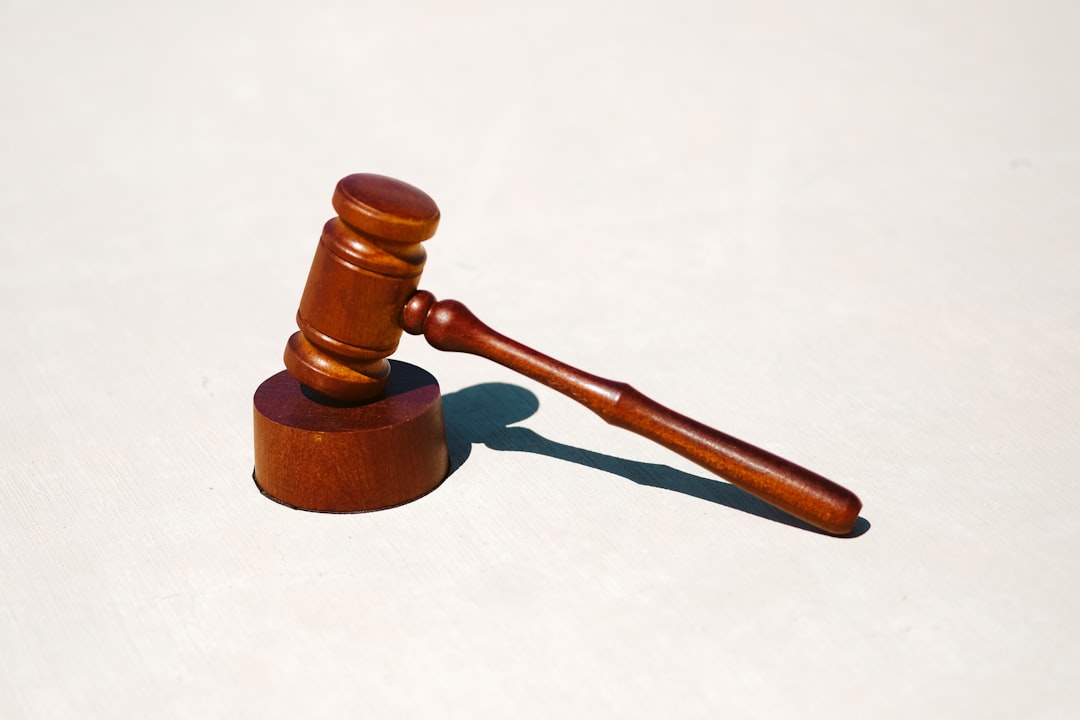Caller ID, relying on telecom databases, identifies incoming calls but is vulnerable to spammers using fake numbers. Legal frameworks like the TCPA and assistance from a lawyer for TCPA Iowa are essential in combating spam calls and protecting consumers. Despite Caller ID's limitations, advanced authentication methods are needed to enhance its accuracy and security.
Understanding how Caller ID works is the first step in navigating the complex world of spam calls. This technology, which displays caller information on your screen, might seem infallible, but it has limitations. Spammers employ sophisticated methods to bypass these safeguards, leading to an increase in unsolicited and harassing phone calls. In this article, we’ll delve into the mechanics of Caller ID, explore legal protections like the TCPA (Telecommunications Consumer Protection Act), and discover strategies—including the role of a specialized TCPA lawyer in Iowa—to overcome these limitations and combat spam calls effectively.
The Mechanics of Caller ID: How It Identifies Calls

Caller ID, a feature we often take for granted, plays a pivotal role in identifying incoming calls. When a phone rings, the network carrier retrieves the caller’s information from a database and displays it on the recipient’s screen. This process involves several technical steps. Firstly, the calling party’s telephone number is transmitted along with other call details to the recipient’s device. Then, the receiving phone’s software cross-references this data against a vast database maintained by telecommunications companies. This database stores a list of registered phone numbers, allowing it to match and display the caller’s identity.
The system relies on accurate data entry and up-to-date records, which is why spammers pose a challenge. As these malicious actors frequently change their numbers or use spoofing techniques to mask their origins, keeping up with their evasive maneuvers can be difficult. This is where legal measures, such as those enforced by the Telephone Consumer Protection Act (TCPA), come into play, particularly when seeking legal counsel from an Iowa TCPA lawyer to combat these spam calls and protect consumers.
– Brief explanation of caller ID technology

Caller ID, short for Calling Line Identity, is a telecommunications service that displays the phone number and sometimes the name associated with an incoming call. This technology has become an integral part of modern communication, allowing recipients to identify callers before answering. It works by transmitting information from the calling party’s phone to the recipient’s device or telephone network, which then displays this data.
In the context of spam calls, while Caller ID provides some level of protection and awareness, it has limitations. Spam call blockers often bypass standard caller ID systems, using spoofed or fake numbers to mask their identity. This makes it difficult for recipients to identify and report such calls, especially as advanced technologies allow spammers to change their numbers frequently. For this reason, many individuals seek legal counsel from a lawyer for TCPA Iowa to understand their rights and options in dealing with unwanted spam calls.
– How phone numbers are recognized and displayed

Phone numbers are recognized and displayed through a process called Caller ID, which has become an integral part of modern telecommunications. When a call is made, the phone company or service provider collects the caller’s number from their database using various methods. This information is then transmitted to the recipient’s device, where it’s converted into a readable format, typically showing the area code and local number. The data travels through telephone networks and switches, ensuring accurate delivery.
In many countries, including the United States, this system is regulated by laws like the Telemarketing and Consumer Protection Act (TCPA), especially relevant for a lawyer for TCPA Iowa. The TCPA sets guidelines on how caller identification should function to protect consumers from unwanted or deceptive calls. Despite these measures, spam calls continue to be a pervasive issue, prompting further exploration of advanced authentication techniques to enhance the accuracy and security of Caller ID systems.






